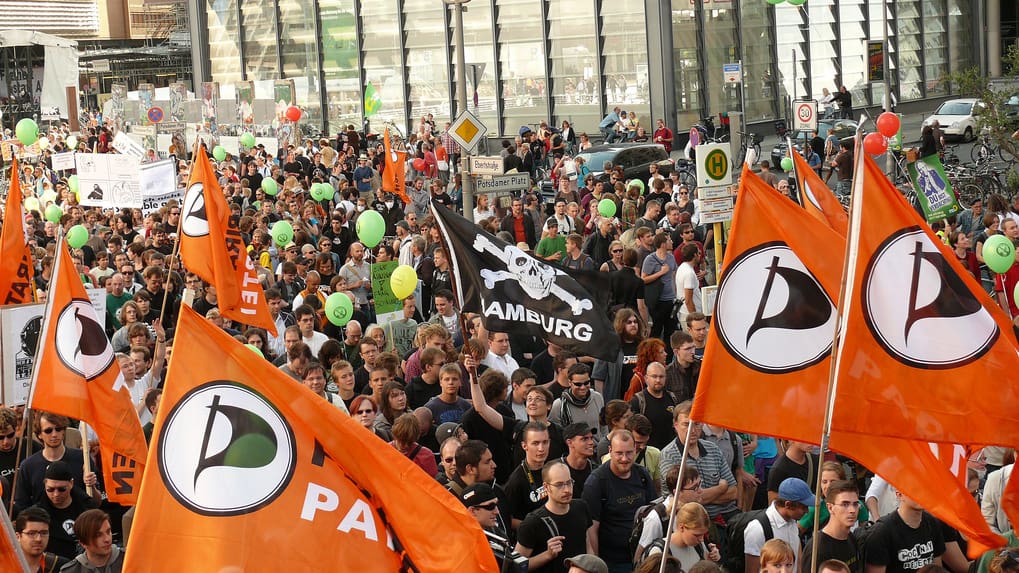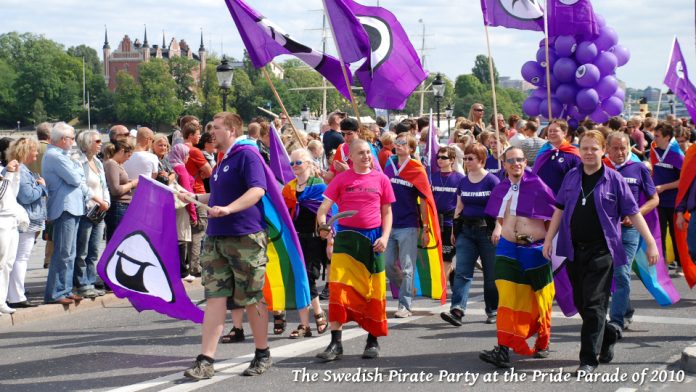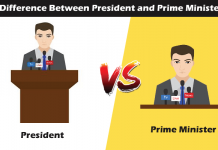Begun in January 2006, when discontented young Swedes decided to affect the government’s patent and copyright policies, the Pirate Party’s (Piratpartiet) development was kick-started when the police raided the host facility of Pirate Bay, the number one bit torrent tracker in the world.

Although the party’s platform is by no means well rounded, representing only three major issues, its leaders offer justification. According to their website, other issues are already being dealt with by members of other parties while those causes the Pirate Party has taken up are “sorely missing or only fragmentarily represented” by Swedish legislative groups.
So what exactly is the Pirate Party’s goal? And how close are they to accomplishing it?
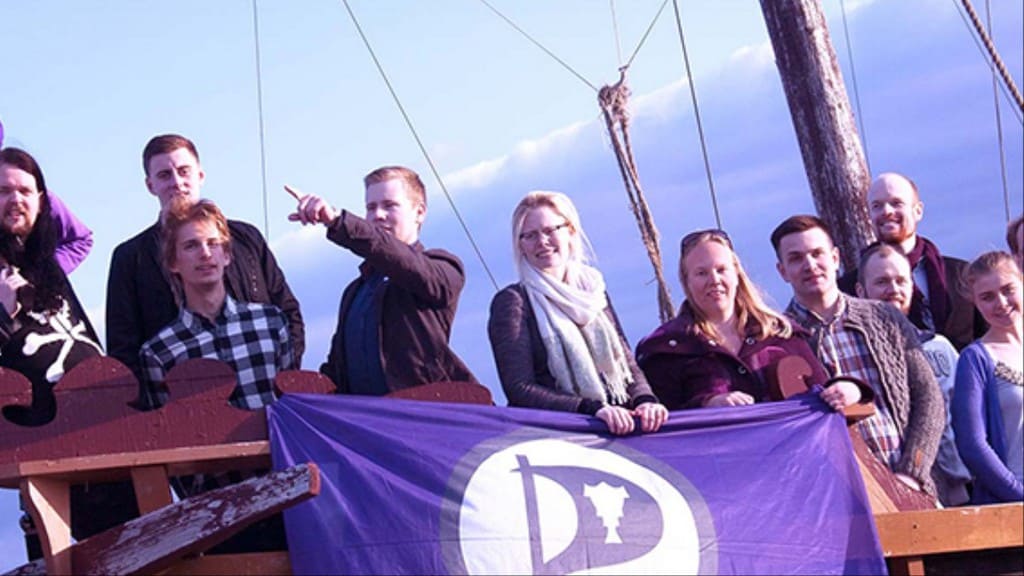
History
Formed as a website/petition by Richard Falkvinge, Swedish media was all over the new party within days, looking to ask the elusive founder questions. In addition to interest among Swedish new sources, English and Spanish news sources quickly picked up the story as well. This free publicity helped raise immediate awareness of the party.
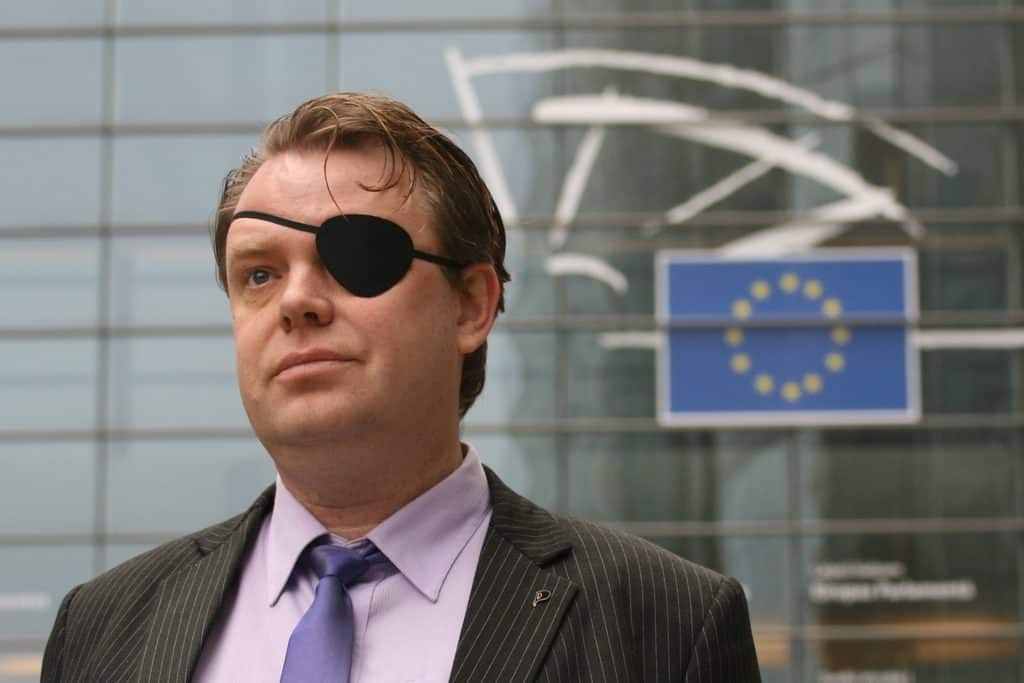
Within one day of starting the site, the Pirate Party acquired well over the 1,500 signatures required to allow it to participate in the general election that would take place that September. Although it got a disappointing 0.6 percent of the vote in the election, its participation was an important landmark for the movement.
In May 2006, Pirate Bay was raided. Since that time, the tracker’s founders have been engaged in a dramatic legal battle.
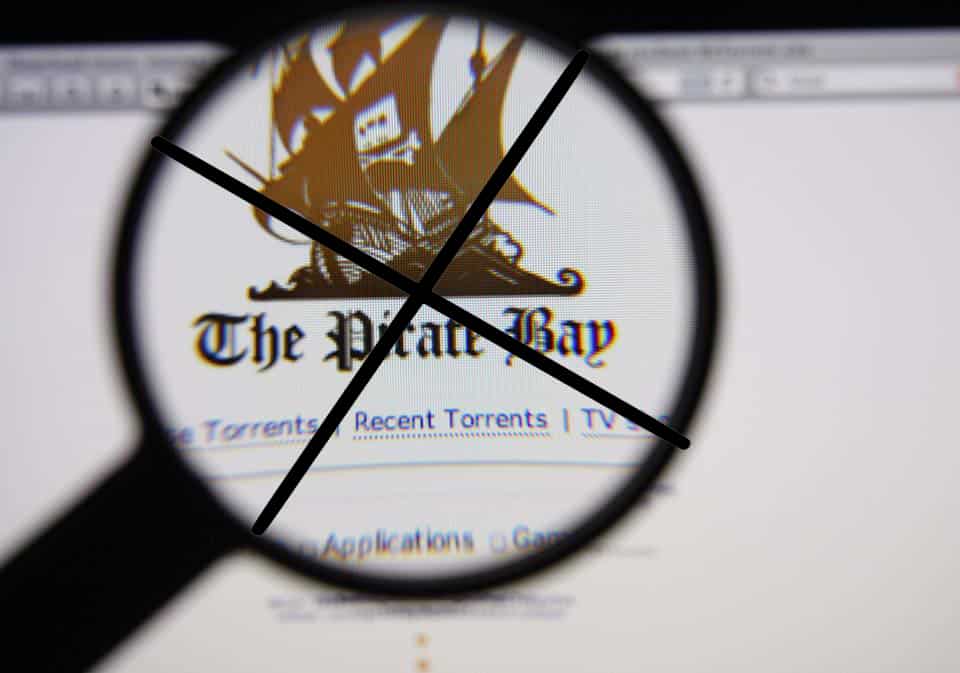
This only served to drive Pirate Party membership up, as it is mostly comprised of young people who heard about the party, surprise, on the Internet. When the original verdict came in against the Pirate Bay founders, the Pirate Party’s membership doubled and, by May 2009, it had acquired well over 40,000 members, becoming the third largest political party in Sweden.

Aims
The Pirate Party’s goal is to gain representation in both the Swedish and European parliaments. Once there, they hope to collaborate with other parties in order to acquire a majority in votes on their issues.
Their agenda hopes to reform copyright laws, abolish the patent system, and “ensure that citizens’ rights to privacy are respected,” specifically with regard to the Data Retention Act, which they believe “seriously threatens citizens’ privacy.”
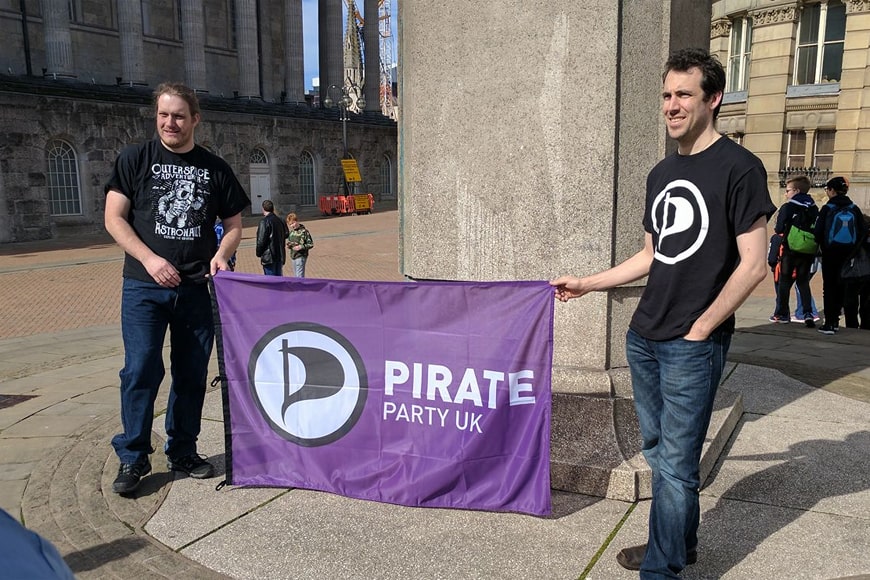
Future in Sweden
In a poll conducted by Swedish newspaper Dagens Nyheter in early May 2009, the Pirate Party received 5.1% of the Swedish vote. If the party receives the same numbers in the June 2009 general elections, it won a seat in the European Parliament. According to inquisitr.com, the party won 21% in a Swedish poll, implying that it could even receive more than one seat in the European Parliament.
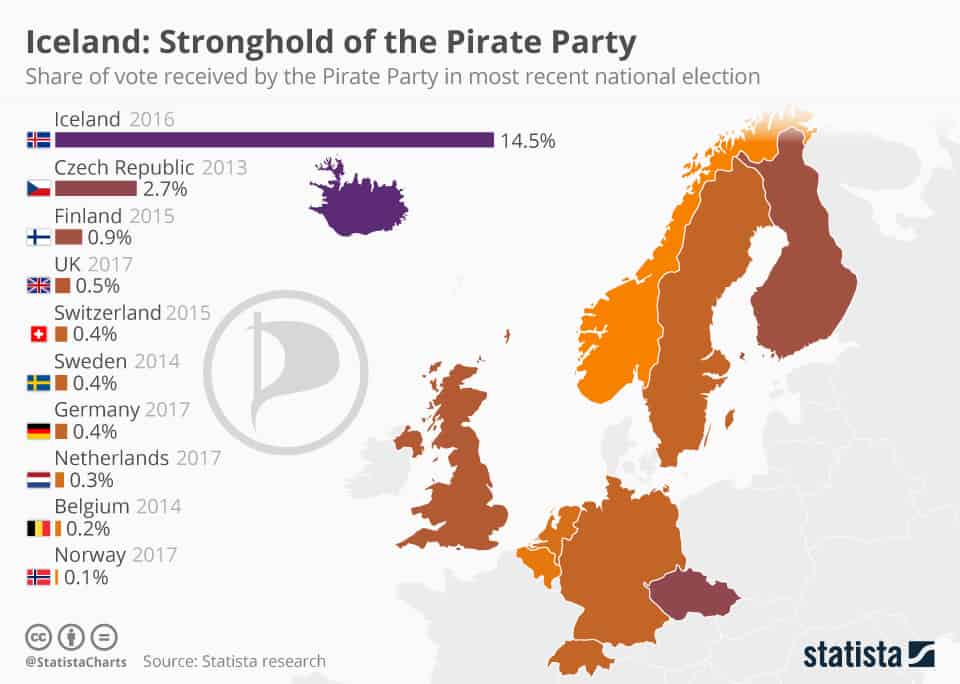
Even with the more widely accepted 5.1% figure, though, the party is poised to take an important step towards accomplishing its goals.
- What Is Aromatherapy Vs. What Are Essential Oils?
- What is La Tomatina in Bunol, Spain Like? What to Expect at the Famous Tomato Throwing Festival
International Expansion
The Pirate Party is not looking only to affect Swedish politics. In fact, much of its policy requires the involvement of the European Union (particularly with regard to pharmaceutical patents). But it doesn’t stop there. The Swedish Pirate Party is encouraging people from around the world to found a Pirate Party in their own country.

The party’s website provides resources and advice. It even specifies that anyone is “free to use the Black Sail logotype for the Pirate Party in [their] own country. Most do.”
More than 20 countries have already responded to this encouragement, including the United States and Canada, various European countries, South American countries like Brazil and Peru, and even South Africa.
